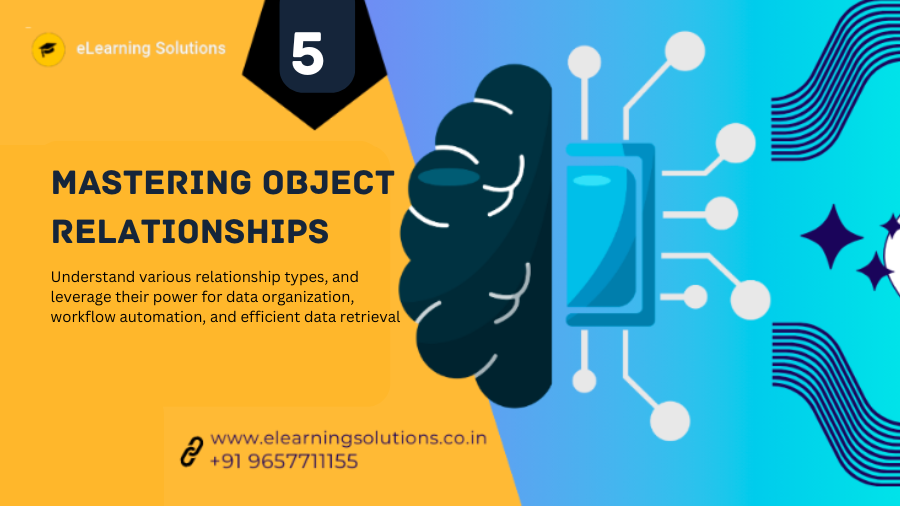In our ongoing exploration of Generic Object Services (GOS), we delve into the fascinating realm of Object Relationships. This blog post equips you with the knowledge to navigate connected data within GOS, understand various relationship types, and leverage their power for data organization, workflow automation, and efficient data retrieval.
GOS Relationship Browser: Your Map to Connected Data
Imagine a vast library with countless books. Each book contains valuable information, but without a system to organize them, finding specific details can be a daunting task. The GOS Relationship Browser serves as your library catalog for GOS objects. It allows you to visualize and navigate the connections between different objects, providing a clear understanding of how data interrelates.
Understanding the Language of Relationships: One-to-One vs. One-to-Many
GOS relationships come in two primary flavors:
- One-to-One (1:1): This relationship establishes a unique link between two objects. A simple example: a customer object might have a 1:1 relationship with a shipping address object. There can only be one primary shipping address associated with a single customer.
- One-to-Many (1:M): This relationship allows one object to connect with multiple other objects. A common example: an order object might have a 1:M relationship with line item objects. A single order can have multiple line items representing different products purchased.
Building Bridges: Establishing and Managing Object Relationships
GOS provides functionalities to establish and manage object relationships. Depending on your specific system configuration, this might involve utilizing specific methods or functionalities within the GOS workbench. Here’s a general breakdown:
- Identify Objects: Determine the objects you wish to connect.
- Define Relationship Type: Decide whether a 1:1 or 1:M relationship best suits your needs.
- Establish Connection: Utilize the appropriate tools or methods within GOS to create the link between the objects.
- Manage Relationships: GOS allows for viewing, modifying, and deleting established relationships as needed.
The Power of Connectedness: Benefits of Utilizing Object Relationships
By establishing well-defined relationships, you unlock numerous advantages:
- Enhanced Data Organization: Relationships provide structure and context to your data, making it easier to navigate and understand complex data sets.
- Streamlined Workflow Automation: Defined relationships can trigger automated workflows based on specific events within connected objects.
- Efficient Data Retrieval: Relationships enable you to efficiently retrieve related data, reducing the need for complex queries and manual data gathering.
A World of Possibilities: Utilizing Relationships for Advanced Use Cases
GOS object relationships open doors to various advanced use cases:
- Order-to-Cash Automation: Establish relationships between order, delivery, and invoice objects to automate the invoicing process based on delivery confirmation.
- Customer Service Enhancements: Link customer objects with support tickets, ensuring service agents have access to relevant customer history for efficient resolution.
- Inventory Management Optimization: Create relationships between product and stock location objects to facilitate real-time inventory tracking and automated reordering.
Conclusion
GOS object relationships empower you to transform data from isolated entities into a cohesive information network. By understanding the types of relationships, leveraging the GOS Relationship Browser, and implementing appropriate connections, you can significantly enhance data organization, automate workflows, and unlock the true power of interconnected data within your GOS environment.



 WhatsApp us
WhatsApp us